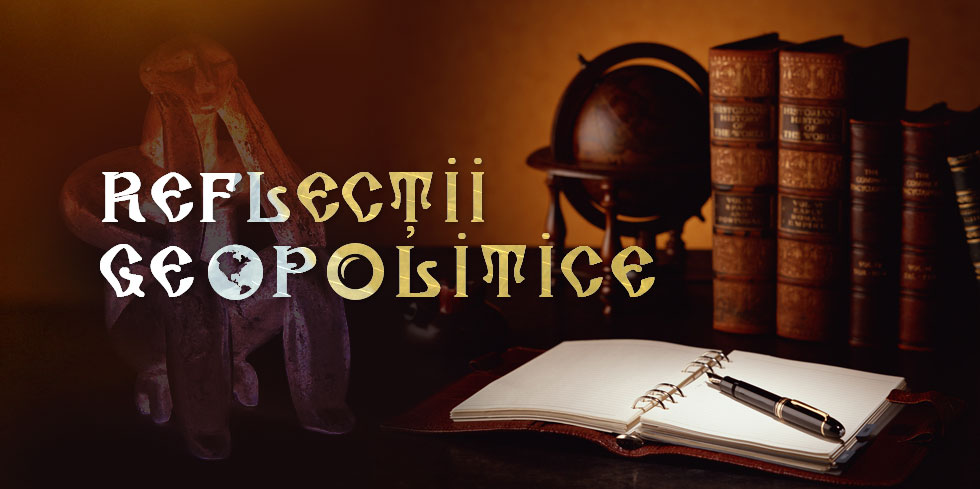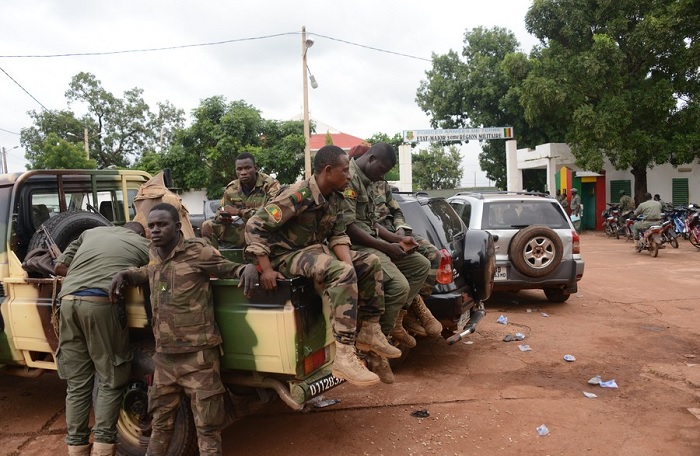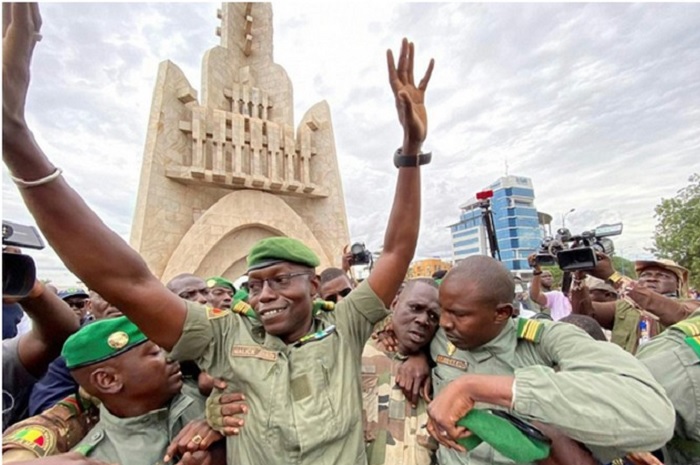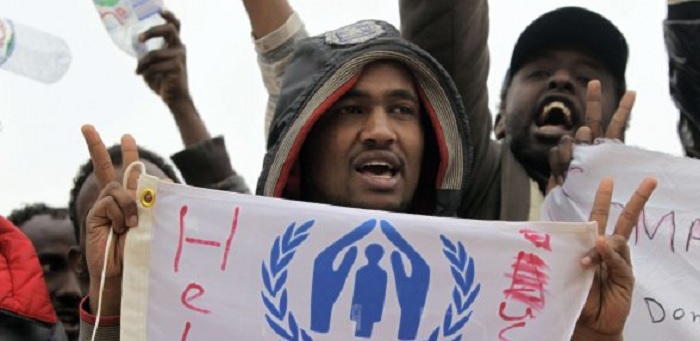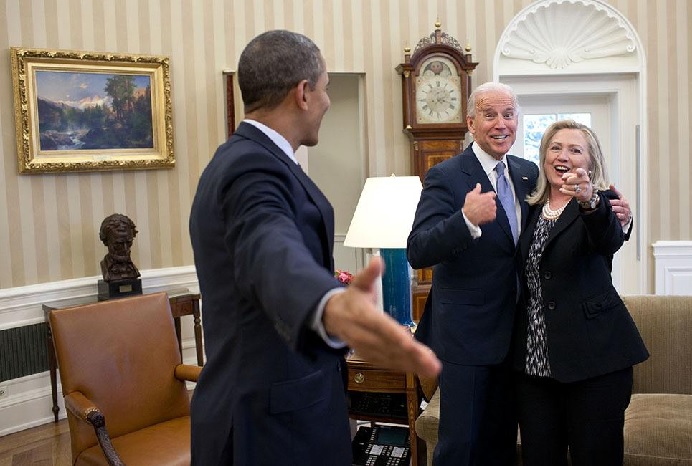Haftar’s forces deploy military vehicles near Sirte

Move comes after Libyan warlord’s militias violate ceasefire five times, says spokesman for government’s armed forces.
Militias loyal to warlord Khalifa Haftar have deployed 80 military vehicles near Sirte, a spokesman for the Libyan government’s armed forces said Wednesday.
